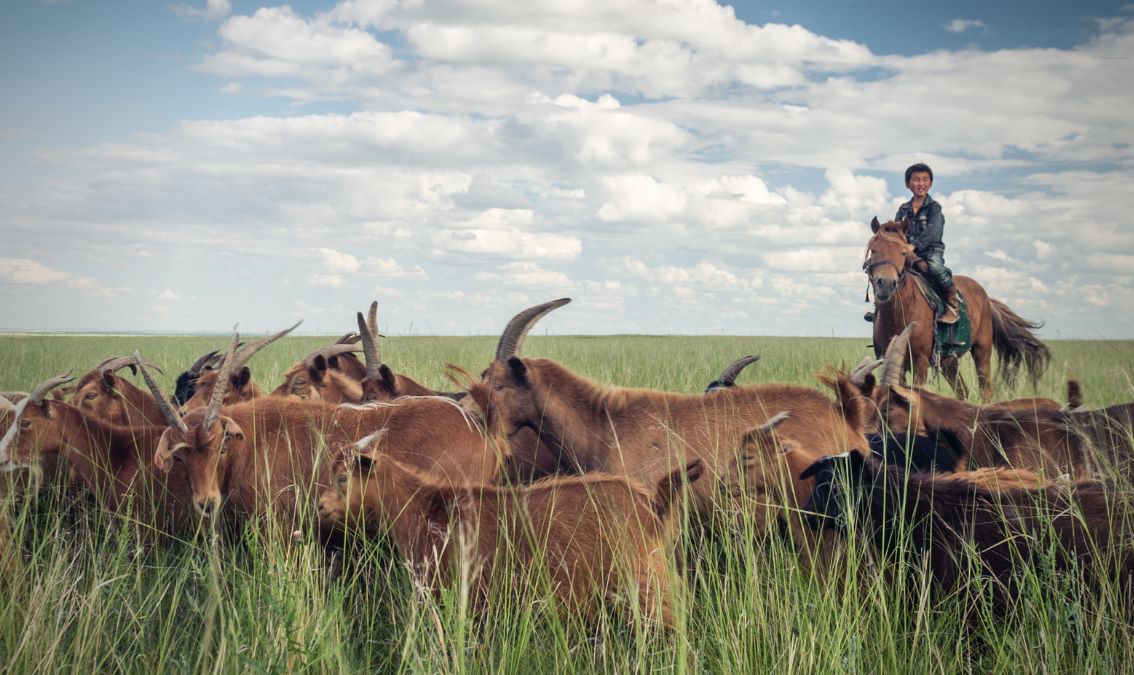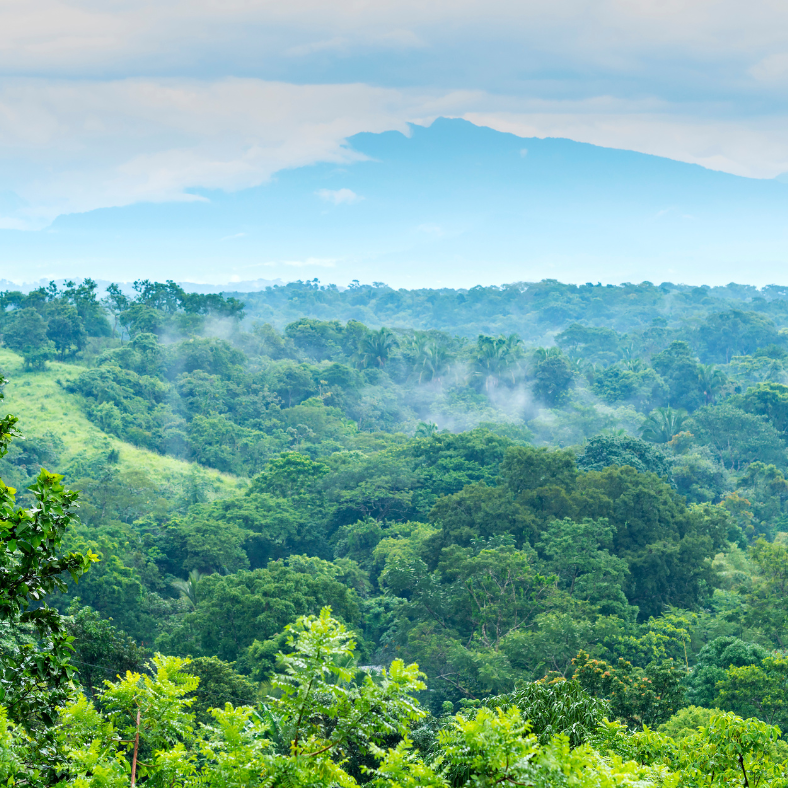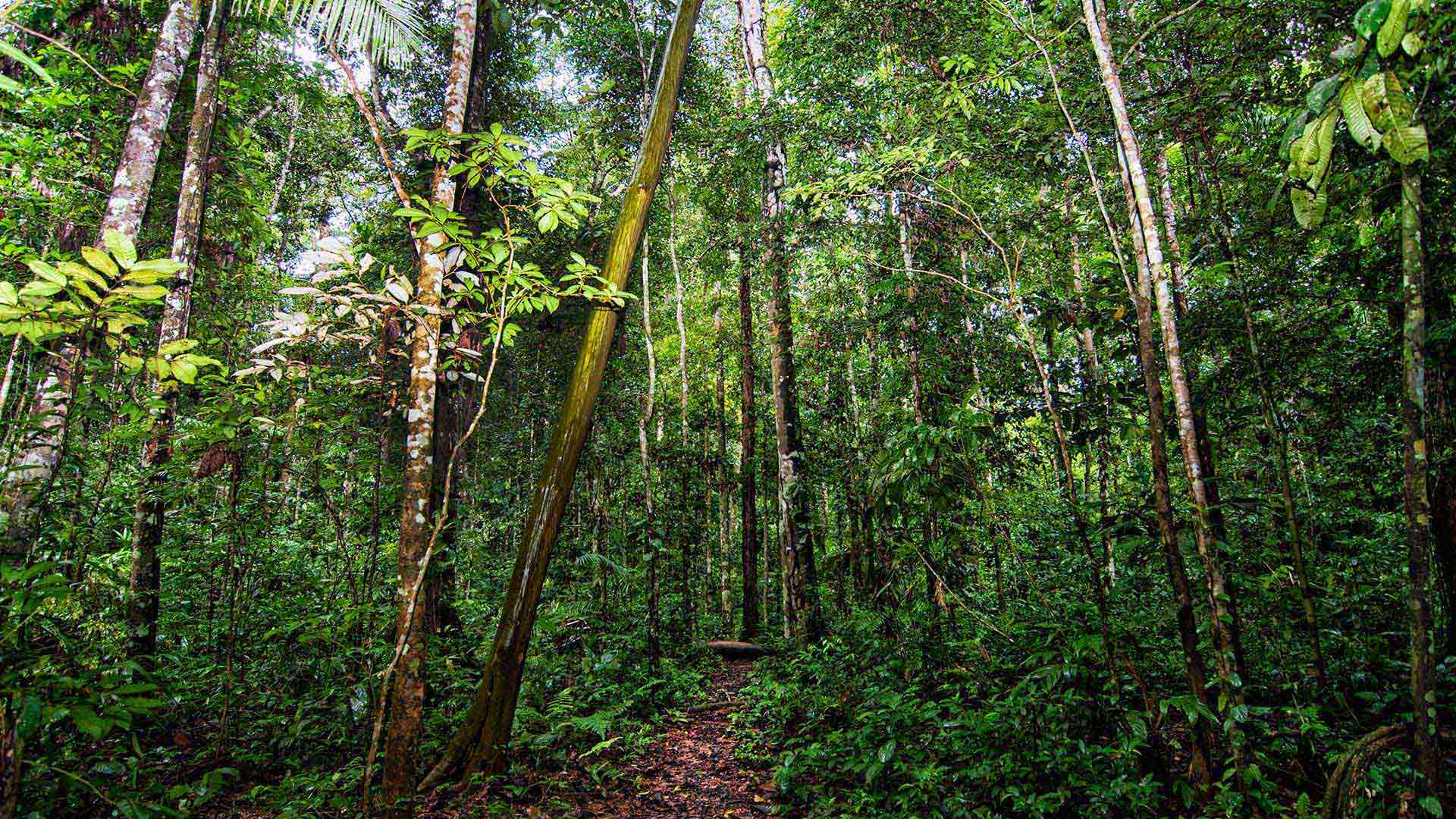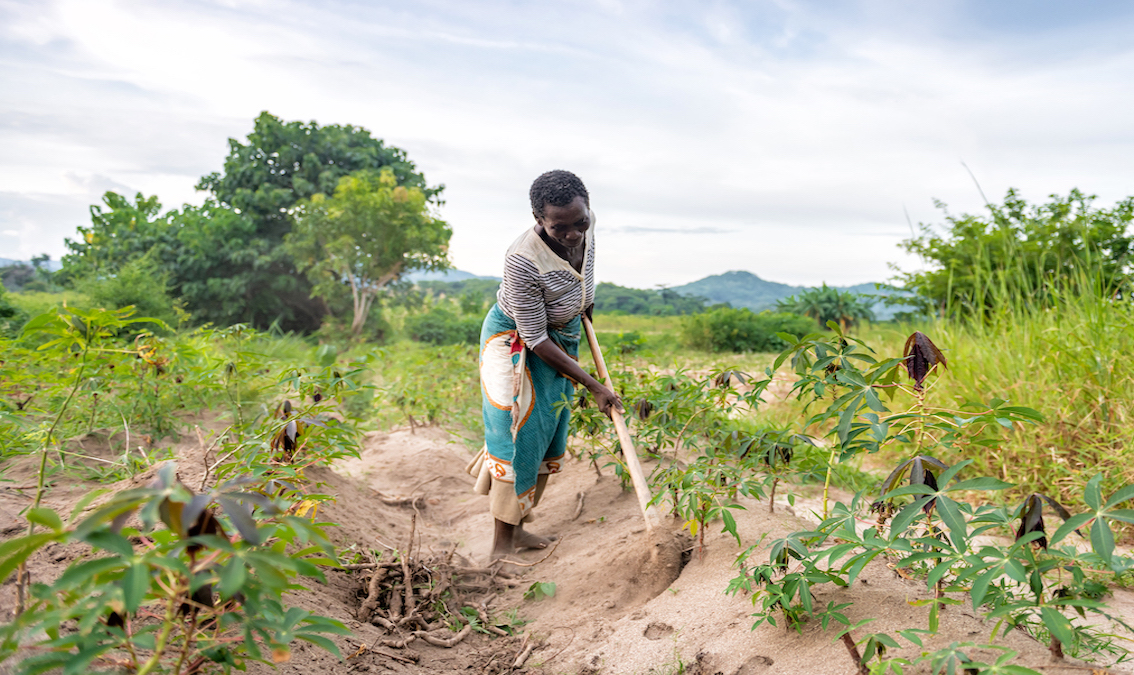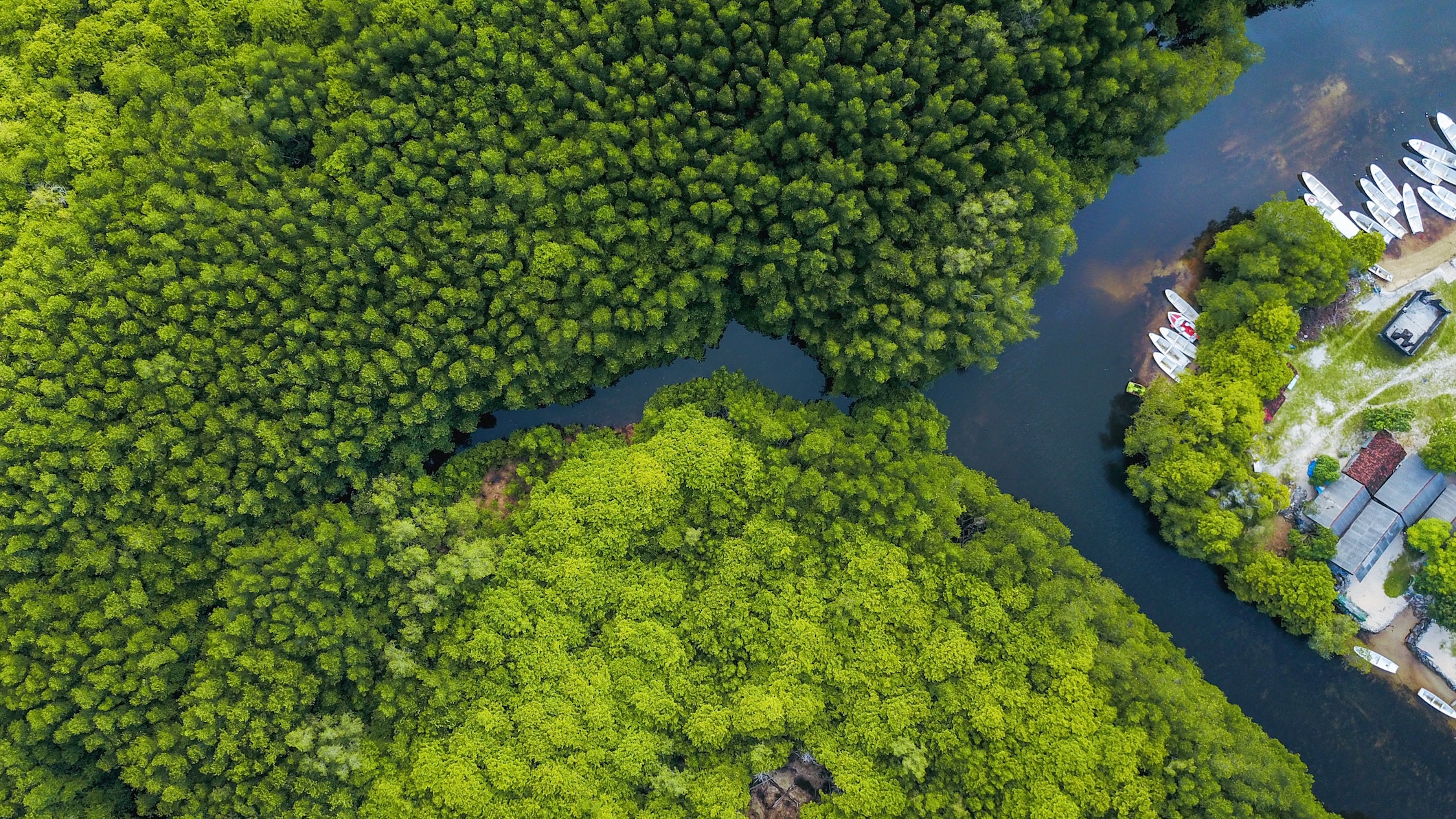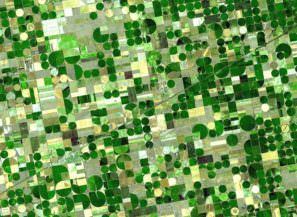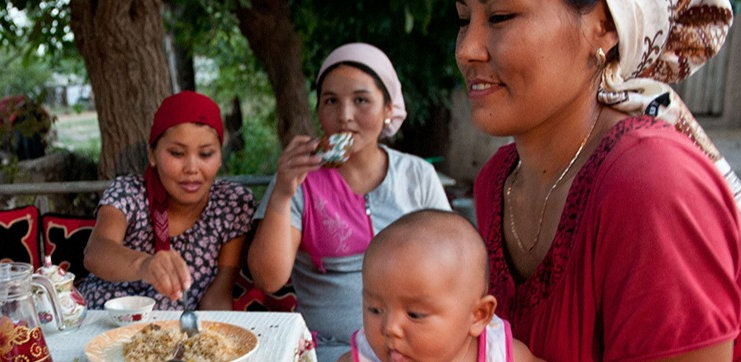The risk of pandemics is growing rapidly, with more than 5 new diseases emerging in people every year. About 70% of emerging diseases (e.g. Ebola, Zika, Nipah encephalitis), and almost all known pandemics (e.g. influenza, HIV/AIDS, COVID-19), are zoonoses - i.e. are caused by microbes of animal origin.
The loss and degradation of biodiversity undermines the web of life and increases the risk of disease spillover from wildlife to people. Land-use change, including deforestation, human settlement in primarily wildlife habitat, the growth of crop and livestock production, and urbanization, exacerbated by climate change, caused the emergence of more than 30% of new diseases reported since 1960, according to the IPBES Pandemics Report (2020). Therefore, countries should conserve biodiversity also as a key environmental determinant of human health.
Drawing lessons and reflecting on challenges from UNESCO Biosphere reserves, Professor Serge Morand presents the latest knowledge and management approaches developed under the One Health approach.
